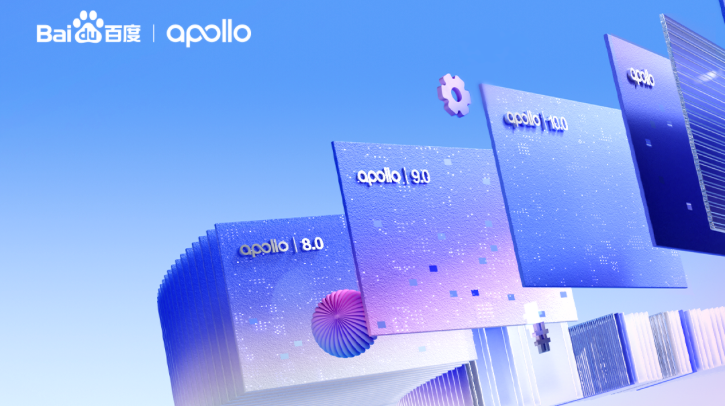Baidu’s Apollo Platform has transitioned to version 10.0, with upgrades across the software core layer, application software layer, and tools and services layer. Now the Autonomous Driving Foundation Model (ADFM) significantly enhances core algorithm modules, helping developers achieve greater performance and reduce costs.
CyberRT, Apollo Open Platform 10.0’s open-source high-performance runtime framework for advanced autonomous driving, has also been upgraded. With zero-copy communication, it supports microsecond-level transmission and delivers a 10x performance improvement.
Highlights of the update include significant engineering optimizations to modules such as Driver, Perception, Localization and PnC (planning and control) and new techniques like model pruning to accelerate runtime efficiency. Furthermore, L4 autonomous driving can now run with stability on a single Orin platform.
With the upgrade, the platform introduces five new performance analysis tools for multidimensional data collection and comprehensive monitoring. To reduce R&D costs, the 10.0 update leverages ADFM to offer plug-and-play autonomous driving solutions. It also adds BEV (bird’s eye view) and occupancy network-based vision perception.
It also features learning-based decision-making and trajectory generation for driving and parking scenarios. Lastly, with the update, BEV-based multimodal fusion improves localization accuracy in diverse environments, including indoor, outdoor, parking and vehicle lanes.
The Open Platform 10.0 now integrates with the ROS software ecosystem, significantly reducing software reuse costs. The platform also adds support for new domain controllers, lidars and inertial navigation systems, providing developers with enhanced access for easier hardware integration.
Improvement to safety is also a highlight of the update, with over 150 safety monitoring items covering hardware and software, runtime environment anomaly and function anomaly.
In other news, the Apollo has also received a license for AV testing in Hong Kong.


